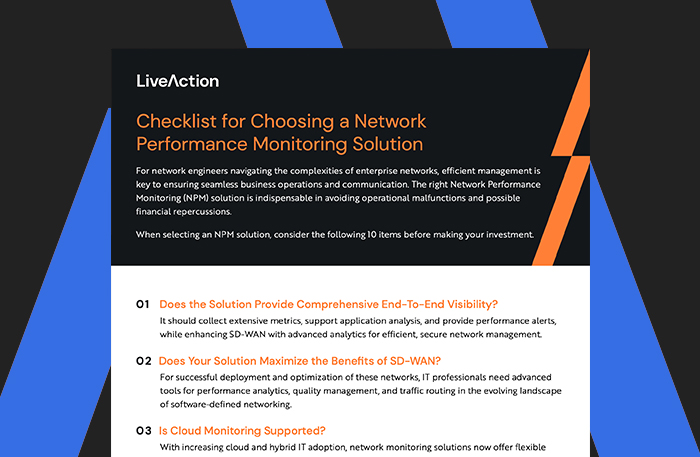
In the fast-paced world of networking, staying informed about the latest technologies is crucial for professionals and enthusiasts alike. One such technology that plays a pivotal role in network monitoring and security is the Network Tap. In this blog post, we’ll delve into the fundamentals of what a Network Tap is, its significance, and how it benefits organizations in maintaining robust and secure network infrastructures.
What is a Network Tap?
A Network Tap, short for Test Access Point, is a hardware device used in computer networking to monitor and capture data flowing through a network. Unlike traditional methods of network monitoring, such as using a network switch’s port mirroring feature, a Network Tap provides a passive and non-intrusive way to access network traffic.
Key Components:
- Physical Design – A Network Tap typically has three ports: A and B, which connect to the network being monitored, and a monitoring port, which connects to the monitoring or analysis device. The key feature of a Network Tap is its ability to passively copy and forward network packets to the monitoring device without introducing latency or affecting the network’s performance.
- Passive Monitoring – Unlike active monitoring solutions, such as inline security appliances, a Network Tap operates passively. It doesn’t interfere with the network’s normal operation, making it an ideal choice for situations where network visibility is crucial without disrupting the flow of data.
- Full-Duplex Monitoring – Network Taps support full-duplex monitoring, meaning they can simultaneously capture both incoming and outgoing traffic. This capability ensures that the monitoring device receives a complete picture of the network’s activities.
Significance and Benefits:
- Enhanced Visibility – Network Taps provide a comprehensive view of network traffic, allowing organizations to identify and analyze potential security threats, monitor bandwidth usage, and troubleshoot network issues effectively.
- Security and Forensics – In the realm of cybersecurity, Network Taps play a critical role in detecting and preventing security breaches. By capturing all network packets, organizations can conduct in-depth forensics analysis to identify the source and nature of security incidents.
- Troubleshooting and Performance Monitoring – Network Taps aid in troubleshooting network problems by providing real-time visibility into the flow of data. This is particularly valuable for diagnosing issues related to latency, packet loss, and overall network performance.
- Compliance and Regulation – Many industries and organizations are subject to strict regulatory requirements regarding data privacy and security. Network Taps assist in meeting these compliance standards by ensuring thorough monitoring and documentation of network activities.
Conclusion:
A Network Tap is a powerful tool for network administrators, security professionals, and anyone responsible for maintaining a robust and secure network infrastructure. Its passive and non-intrusive nature, coupled with the ability to provide comprehensive visibility, makes it an invaluable asset in the ever-evolving landscape of networking and cybersecurity. As technology continues to advance, the role of Network Taps is likely to become even more integral in ensuring the reliability and security of networked systems.
About LiveAction®
LiveAction provides end-to-end visibility of network and application performance from a single pane of glass. We provide enterprises with confidence that the network is meeting business objectives, full network visibility for better decisions, and reduced cost to operate the network.




